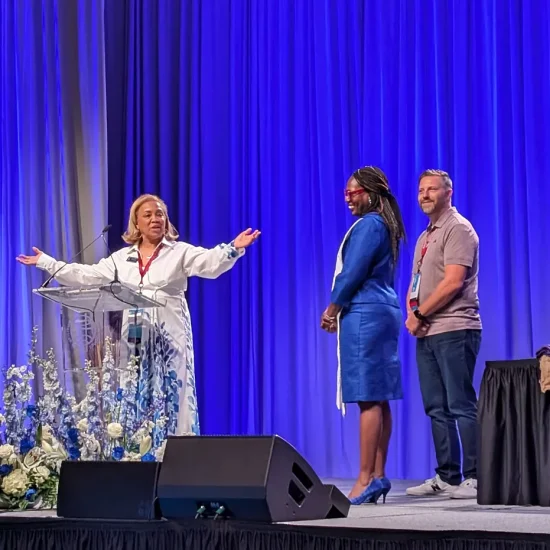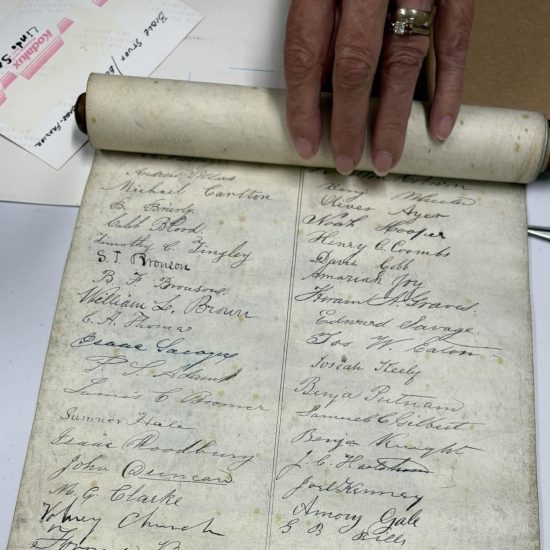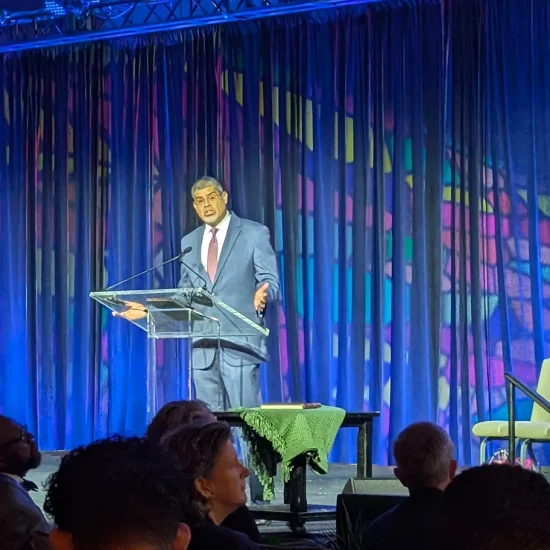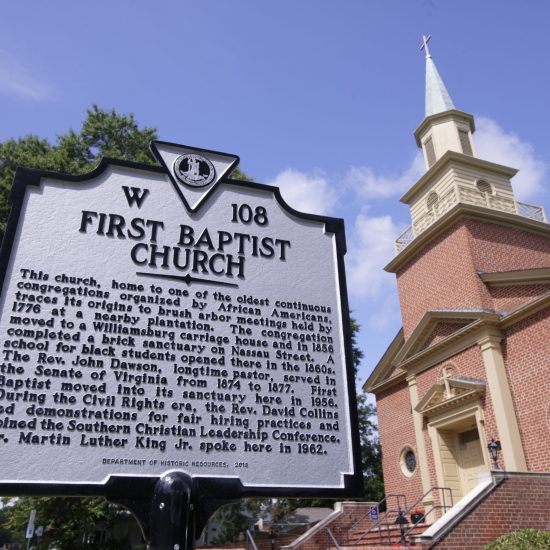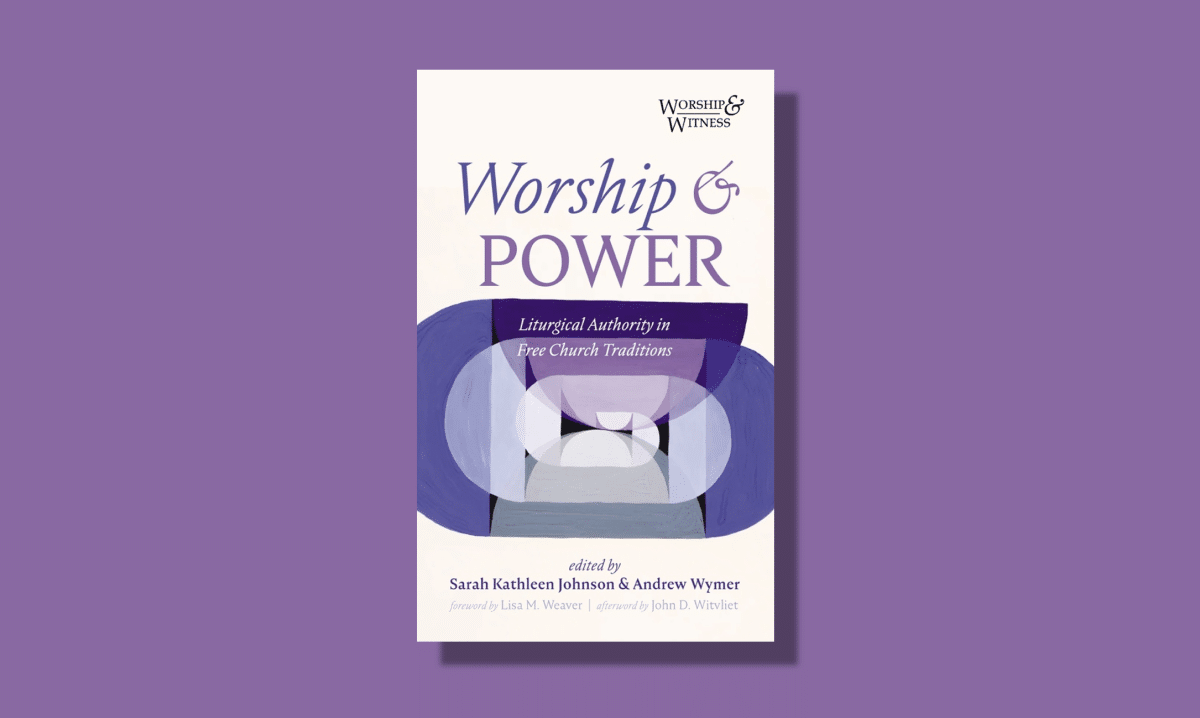
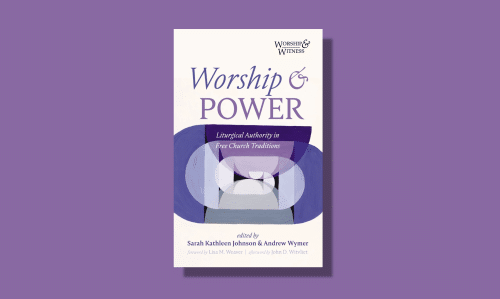
WORSHIP AND POWER: Liturgical Authority in Free Church Traditions. (Worship & Witness). Edited by Sarah Kathleen Johnson and Andrew Wymer. Foreword by Lisa M. Weaver. Afterword by John D. Witvliet. Eugene, OR: Cascade Books, 2023. Xiv + 210 pages.
Who authorizes worship? Is it a denomination? A nation-state? The local congregation? An individual? The answer is all of the above are possible, depending on the context. When it comes to free church traditions, the focus of the book at hand, we’re talking about Christian bodies that historically lack state sponsorship or authorization. An example of a free church tradition would be Baptist churches. A good example of a state church would be the Church of England, which ultimately requires Parliament’s approval of any official liturgical developments. That’s why the current official Book of Common Prayer continues to be the 1666 edition since Parliament hasn’t permitted the church to publish an updated version. I should note that the Church of England is allowed to provide “nonofficial” liturgical materials they just don’t carry the same weight as the official Book of Common Prayer. Ultimately, all denominations and churches in the United States are officially free churches, but some are historically free churches. That is, they have never had any official sanction in the United States or elsewhere.

Robert D. Cornwall
It is these historic free church traditions that are under review in Worship and Power, which is edited by Sarah Kathleen Johnson and Andrew Wymer. These are faith communities that lack not only state sponsorship but are traditions (like my own) that may offer liturgical guidance and resources to churches, but the liturgical resources are not considered official or required. Thus, my denominational publisher offers a hymnal and a book of worship, but it is not authorized by an official body. We can use the materials if we wish, but we’re not required to use them.
The traditions represented in Worship and Power are Baptist, Pentecostal, Mennonite, and Disciples of Christ. John Witvleit notes in his afterword that until recently traditions such as these (though the Disciples have been present, largely through the work of Keith Watkins) have not been major participants in discussions of liturgical and worship matters, such as participation in the North American Academy of Liturgy. That has begun to change, as we will discover in the course of reading this volume. Each contributor brings something different to the conversation, including ethnic and gender diversity. The editors tell us that the thesis of the book has three dimensions. First, “liturgy is power-laden.” That is, our worship experiences and practices involve relationships shaped by power and authority. Secondly, there is the question of how liturgy is power-laden and “is manifested in distinct ways in Free Church traditions.” This might include localization, decentralization, and personal agency. Third, the distinctions noted here “invite ecumenical dialogue” (p. 1). It is this third dimension that serves as the impetus and foundation for this compilation of essays, as it allows for ecumenical conversation about liturgical matters.
Worship and Power, as a book focuses, as one might expect, on the interaction between liturgical authority (power) and how worship functions in Free Church traditions. With that in mind, the editors provide definitions of both worship and power. The editors offer three characteristics that define free churches in the context of this discussion. First, a Free Church is separate from civic intervention. The state doesn’t legislate what the churches do when it comes to the way they worship. Second, there is some form of local autonomy (congregational polity). Third, these churches are marked by voluntarism. Now, as we see in the course of the book there is some diversity in how these are expressed. For example, the Disciples of Christ have sought to distance themselves from the term autonomy and have suggested the idea of covenant as a binding of congregations with General and Regional expressions/manifestations. Nevertheless, when it comes to worship, Disciples like most Baptists and Pentecostals, can define the contours of worship for themselves. That is, there is no overarching authority that prescribes what happens in worship.
The editors have divided the ten chapters/contributions into three parts. Part 1 is titled Contesting Power in Society. The section begins with a chapter by Disciples homiletics professor and New Testament scholar Ronald J. Allen that explores the “Power to Resist Empire,” as seen through the lens of the Book of Revelation. In this chapter Allen suggests that the issue here, when seen through the lens of Revelation, not form, but the core purpose of worship, which here involves resisting the empire. Thus, the focus is on bringing into existence the purposes of God. Other chapters in this section include Andrew Wymer’s on Liturgical Anarchy, which in many continues the concepts broached in Allen’s essay but points toward decentralized religious authority. Finally, Isaac Villegas’ “The Power to Re-Member” focuses on religious vigils taking place at the Borderlands, such as the US-Mexican border. These three essays offer reflections on ways that worship can contest power in the larger society.
Part 2 is titled Negotiating Power in Ecclesial Institutions. In this section, Sarah Kathleen Johnson speaks in Chapter 4 of “The Power of Naming Power,” a chapter looking at the process by which a Mennonite Worship book was created. Then in Chapter 5, Jaewoong Jung offers a look at Korean Revivalist Preachers. This is an interesting chapter in that it explores the intersection of Christian theology and experience, with Korean cultural patterns that evidenced themselves in revivals and healing services. Then in Chapter 6, Jonathan Ottaway offers us a look at the role Pentecostal tradition can play in providing a lens to develop a biblical theology of worship. More specifically he looks at the emergence of the Praise and Worship concept. Ottaway argues that there are no biblical theologies of worship that are not “influenced by their broader network of ecclesial communities. These ecclesial communities embody common narratives, theological assumptions, and values that I have described as a tradition” (p. 129). This is a good reminder that while Free Church traditions tend to highlight biblical authorization for their practices, they do so with specific theological lenses unique to the tradition. Finally, in chapter 7, Emily Snider Andrews offers a look at a Southern Baptist attempt to practice “Biblical Worship.” Again, we see how a specific lens guides the interpretation of Scripture.
Part 3 titled Claiming Power Through Practices, brings the book to a close. It contains three chapters that focus more specifically on liturgical practices. Chapter 8 begins this section and focuses on “The Power of Testimony.” In this chapter, Chelsea Brooke Yarborough lifts up the important role of testimony in Black Baptist circles. She notes that while pulpit leadership and pastoral leadership tend to be male-dominated in these circles, the inclusion of testimony in worship allows women to exercise their voice in worship. She notes that the majority of those in the churches that give testimony are women. This provides a new form of liturgical power. Something similar is seen in Chapter 9, which is titled “The Power of Everyday Spirituality.” This chapter explores the ways Pentecostal women have gained access to liturgical authority by claiming the authority of the Holy Spirit, even if the institutions do not officially authorize them to take liturgical leadership. I found these two chapters to be especially poignant for understanding how excluded persons can get around existing power structures to exercise their spiritual gifts of leadership.
The final chapter in this section, authored by Casey T. Sigmon, is titled “The Power of Shared Sacramental Leadership.” It focuses on the practice of frequent (weekly) communion within the Christian Church (Disciples of Christ). Sigmon offers an overview of the history of this relatively young denomination, which features lay elders assisting in, if not presiding, at the celebration of the Lord’s Supper. She points out that in some contexts clergy are not at the Table. Leadership is provided by lay elders. This tradition, which is mine, is a bit of an enigma for the churches Disciples tend to interact with. That is, while Disciples see themselves as a Mainline Protestant church, that is in full communion with the United Church of Christ and the United Church of Canada and has participated in the major ecumenical bodies such as the National Council of Churches, suggesting that it has an affinity with non-free church traditions while sharing many free church expressions. That is especially seen in the Disciples’ eucharistic practices. I will add, that Sigmon does quote from my book Freedom in Covenant: Reflections on the Distinctive Values and Practices of the Christian Church.
We live in an age when ecclesial traditions of all stripes have tended toward a free church orientation. Even more traditional denominations have given increasing authority to local congregations to organize themselves liturgically in ways that fit their context. Thus, they may borrow from the practices of historically free church traditions. On the other hand, some of these free church traditions, such as the Disciples of Christ, may borrow from the more traditionally liturgical denominations. The question remains then, where does the power to decide lie? Might the ability to make decisions locally without external pressure, evidence itself in other ways, including resistance to empire? In other words, when it comes to ecclesial life, where does power lie, and how is it exercised? As John Witvliet notes most liturgical studies focus on traditions governed by bishops, which “are relatively stable, more-or-less-set liturgies.” Less common are studies of free church traditions. This volume is a contribution to fulfilling that need. As we discover in reading the set of essays found in Worship and Power, there is no one way in which authority functions in these traditions. Thus, the conversation going forward should be interesting.
This review originally appeared on BobCornwall.com.
Robert D. Cornwall is an ordained minister in the Christian Church (Disciples of Christ). Now retired from his ministry at Central Woodward Christian Church (Disciples of Christ) of Troy, Michigan, he serves as Minister-at-Large in Troy. He holds a Ph.D. in Historical Theology from Fuller Theological Seminary and is the author of numerous books including his latest “Second Thoughts about the Second Coming: Understanding the End Times, Our Future, and Christian Hope” coauthored with Ronald J. Allen. His blog Ponderings on a Faith Journey can be found at www.bobcornwall.com.


